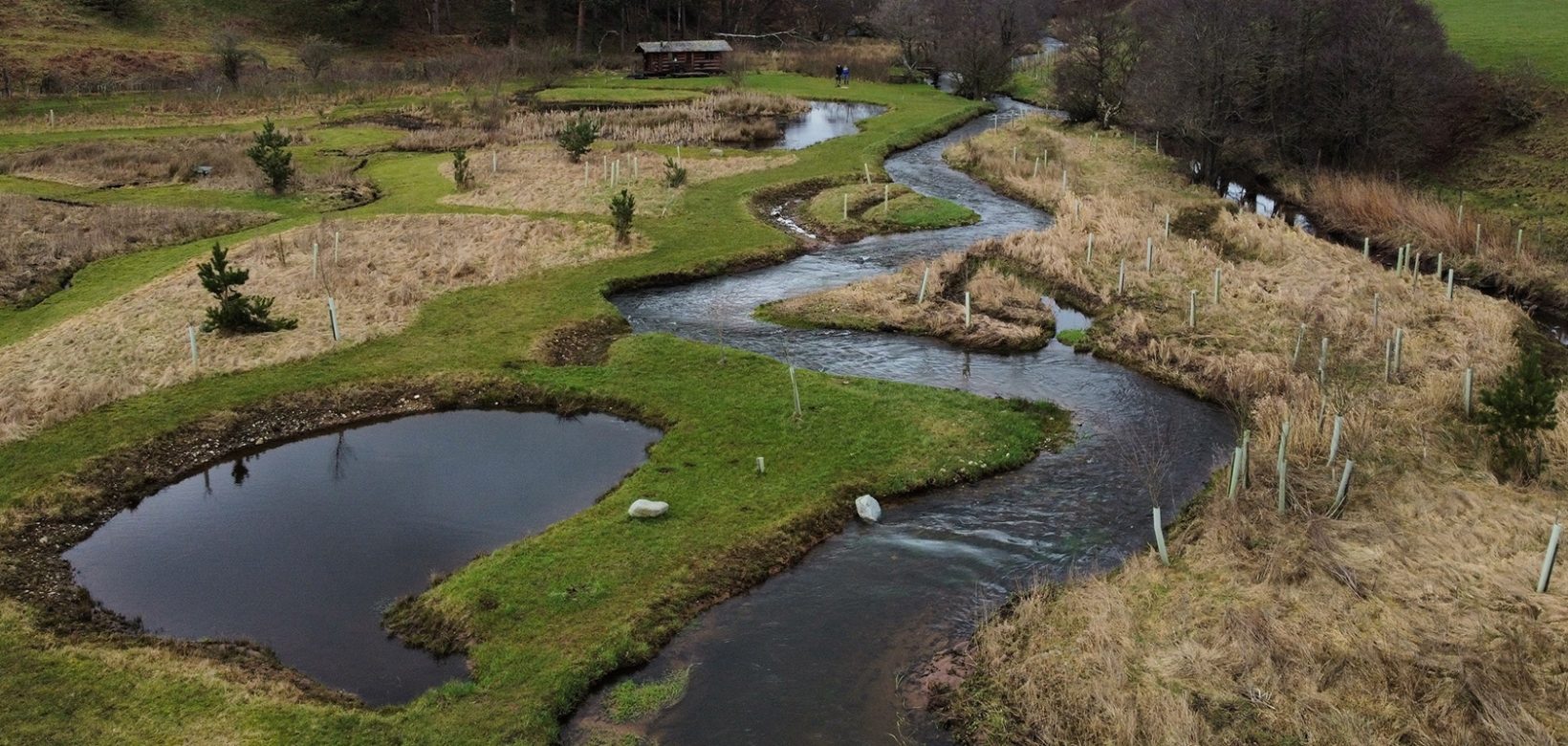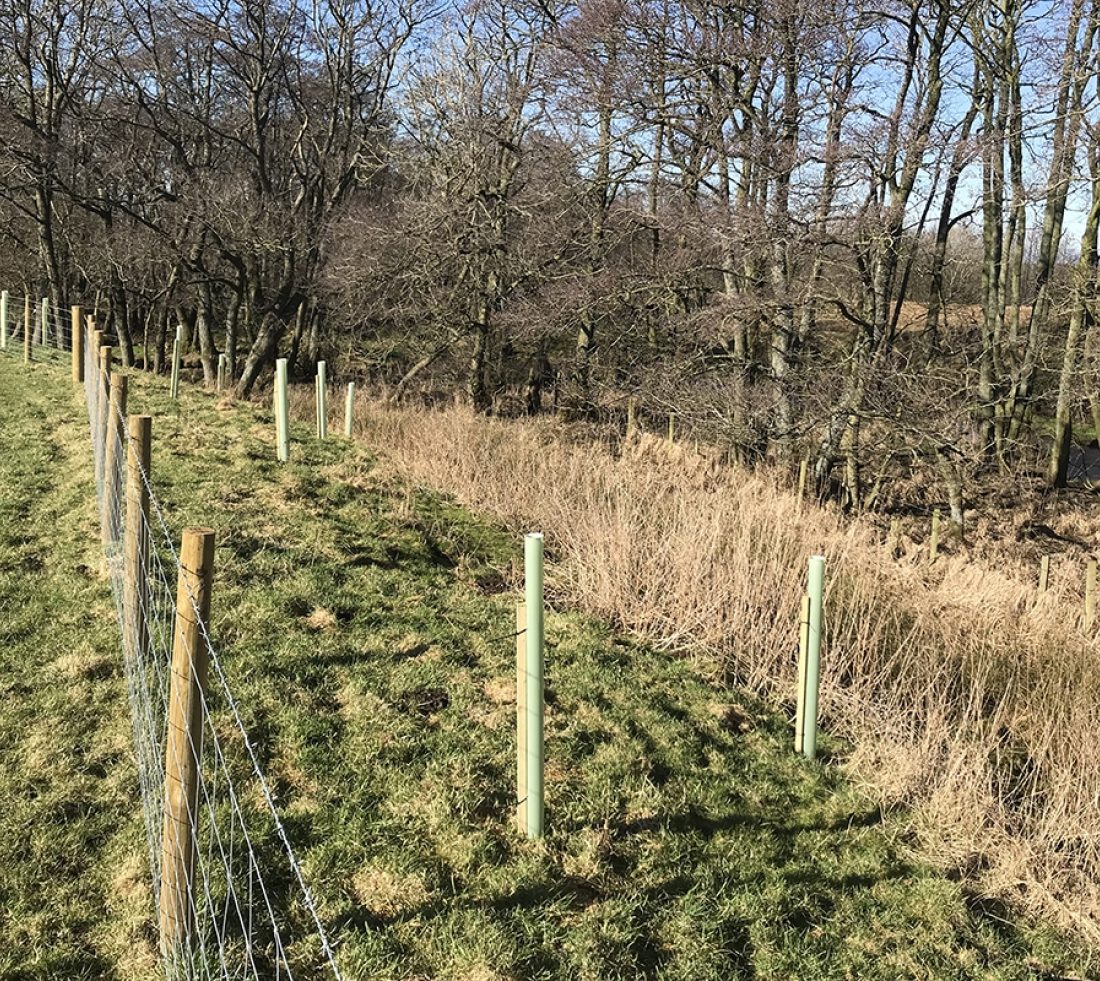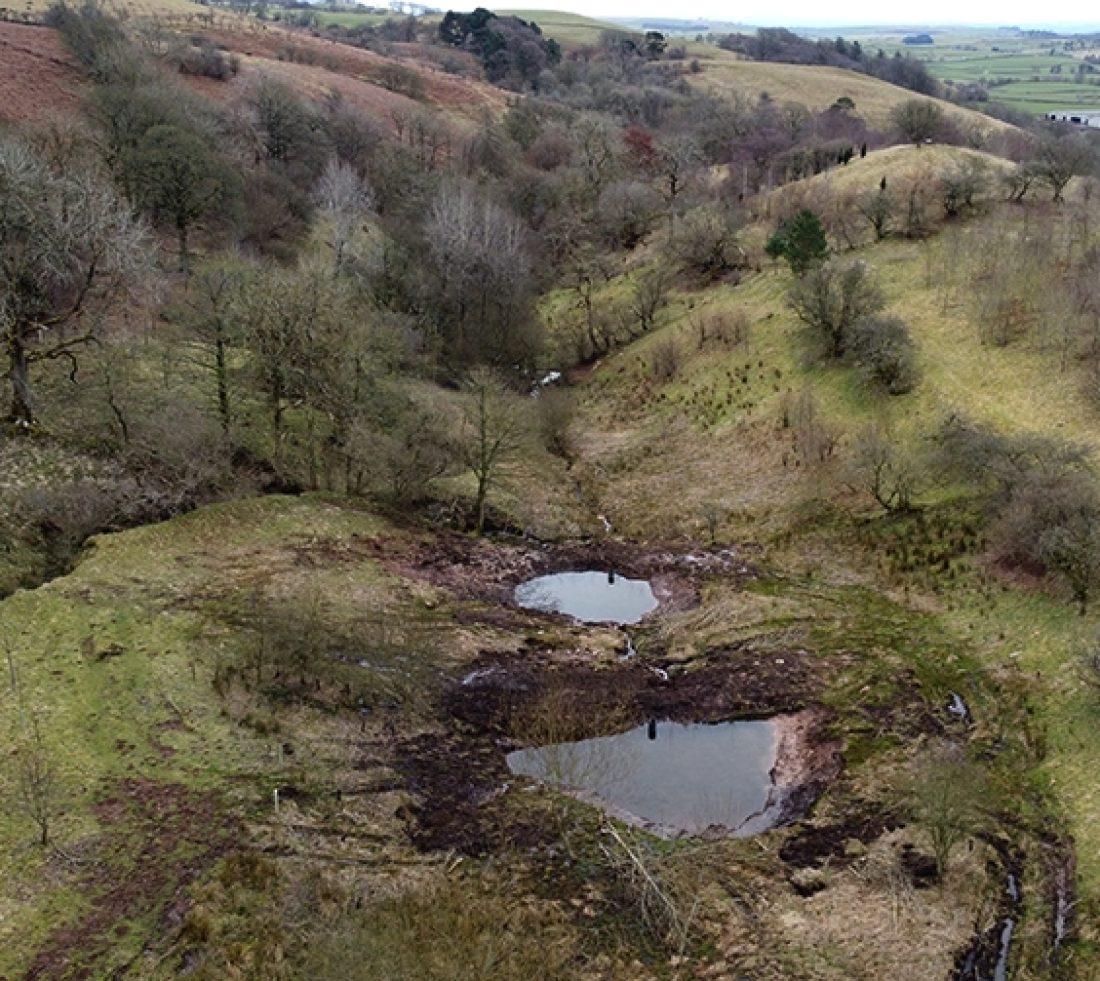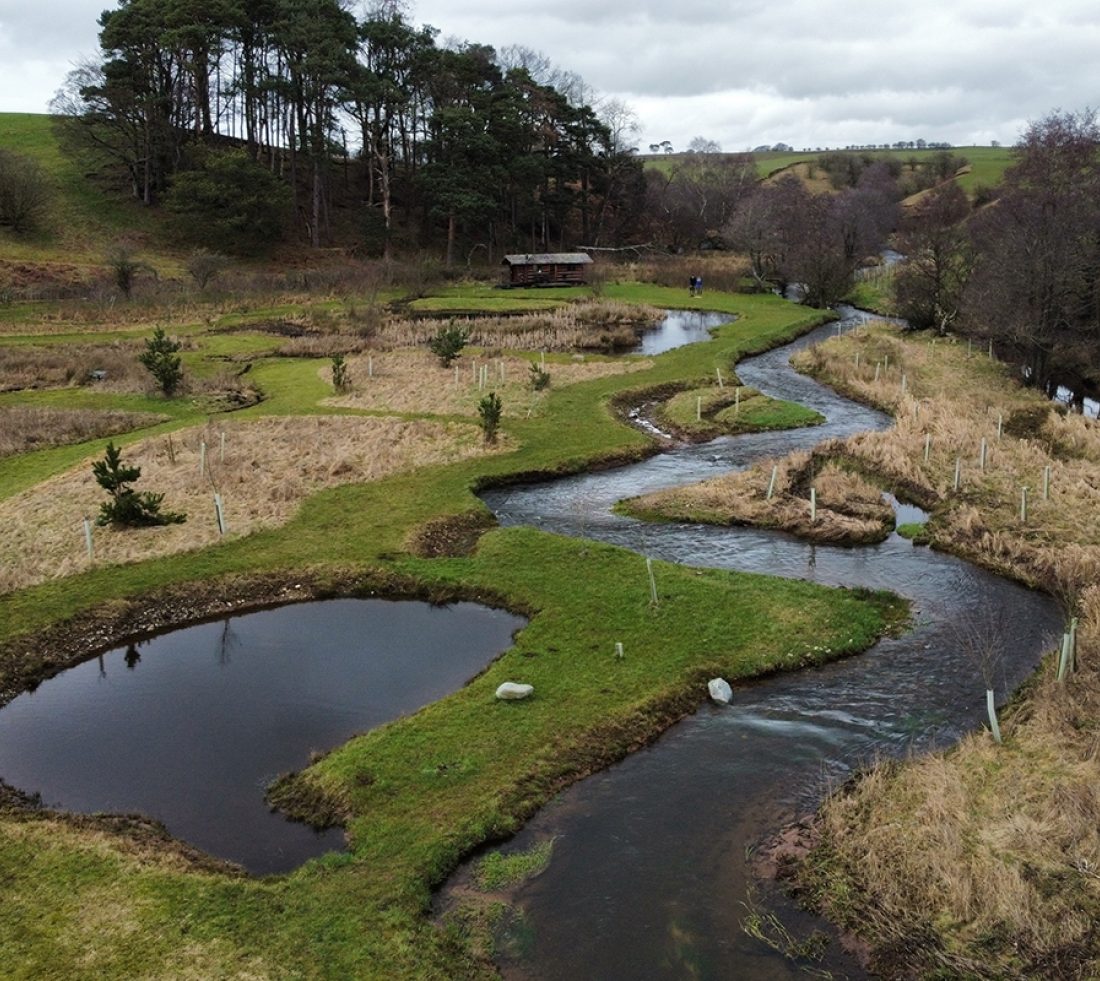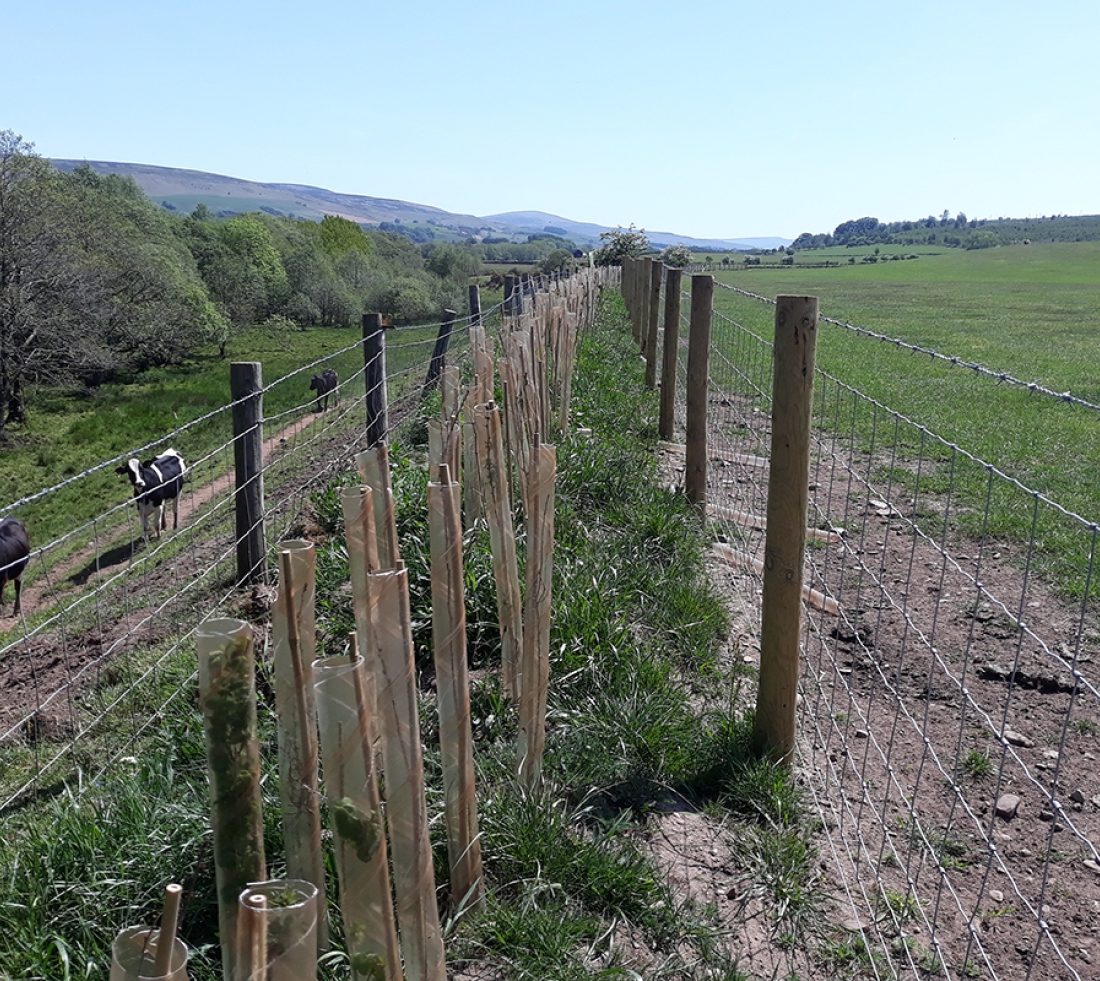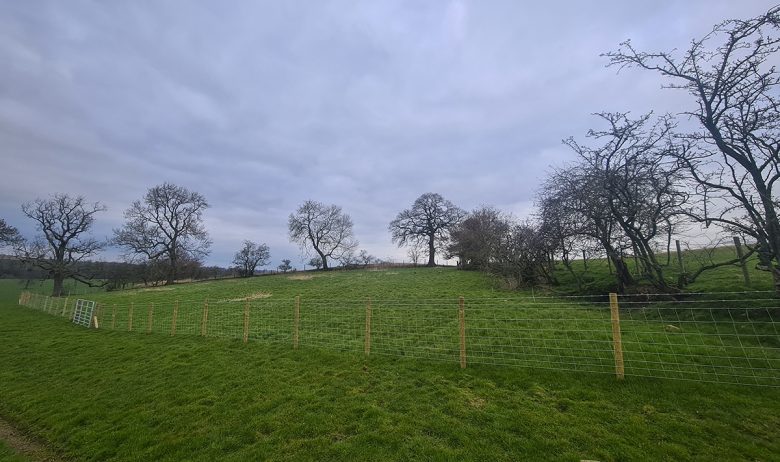The project has shown how multiple, different natural flood management (NFM) measures can work together at a catchment scale. A 5km reach of connected NFM measures and habitat improvements has been created along the Cairn Beck river. These NFM measures have improved biodiversity and in-stream habitat, led to better water quality, increased carbon sequestration and created shelter for livestock.
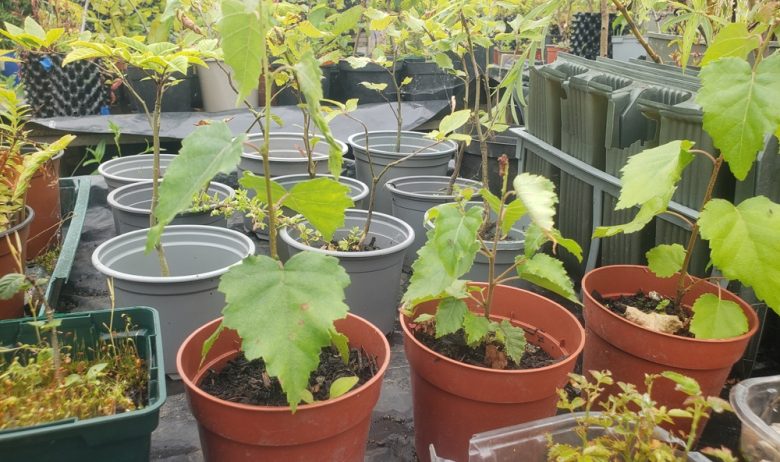
Good things come in trees
In this BLOG, we follow the progress with our Volunteer and Community Outreach Coordinator, volunteers and community groups embarking on this adventure with us.
Take a look at this case study
